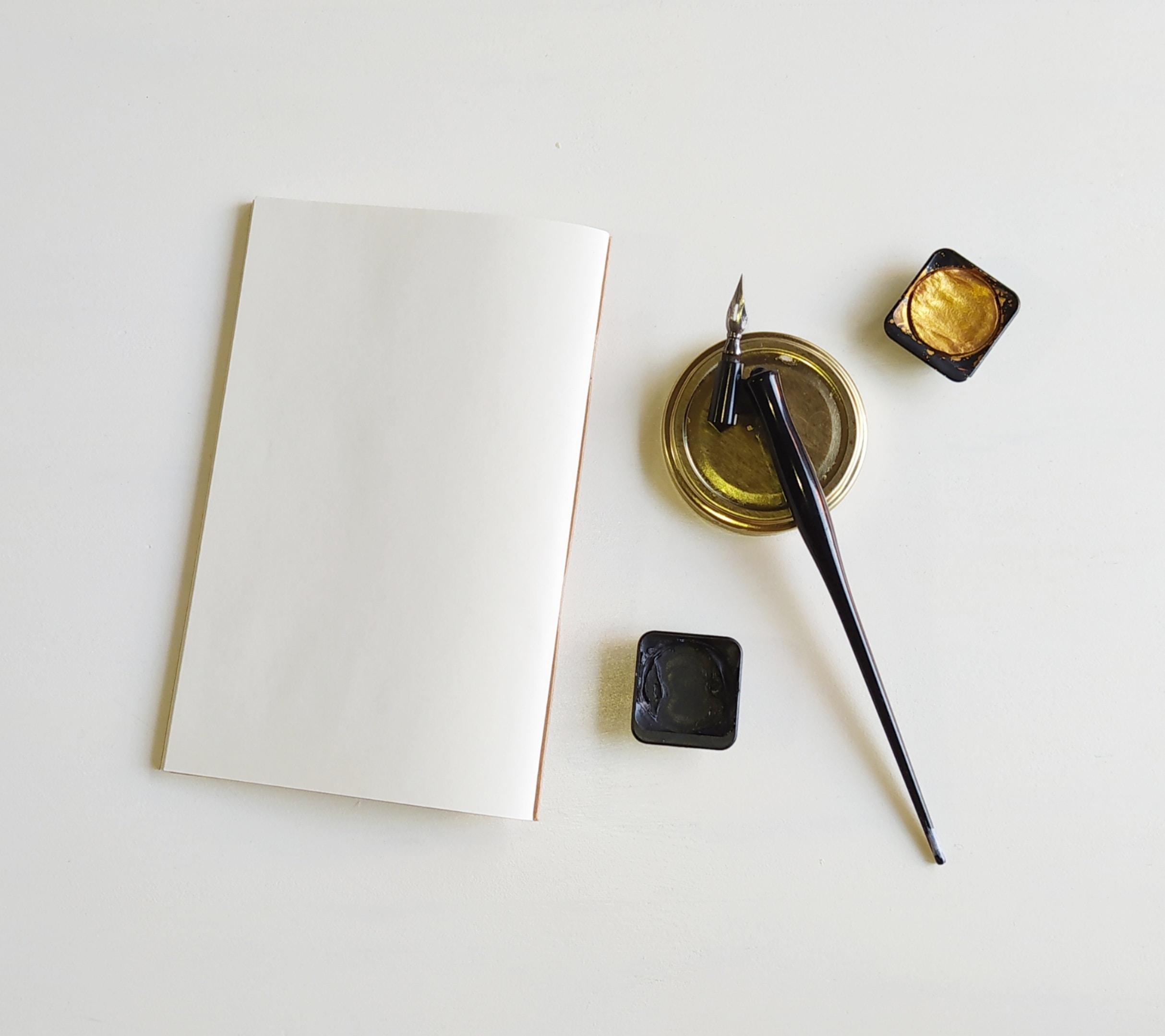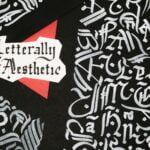Are you ready to embark on a journey of discovery into the wondrous world of Islamic calligraphy? Brace yourself for an exploration of fun facts that will leave you in awe of this ancient and mesmerizing art form. In this article, we will dive deep into the captivating history, symbolism, and techniques of Islamic calligraphy. Prepare to be amazed as we unravel the hidden treasures and unveil the joy that lies within the intricately crafted letters and mesmerizing compositions. So, grab your metaphorical pen and paper as we embark on a quest to unravel the fascinating secrets of Islamic calligraphy!

Fun Facts About Islamic Calligraphy
Islamic calligraphy is a captivating art form that has been cherished for centuries. With its rich history and intricate techniques, it continues to captivate artists and enthusiasts worldwide. In this section, we will explore some fascinating fun facts about Islamic calligraphy that will allow you to appreciate its beauty and significance even more.
1. The Art of Divine Words
Islamic calligraphy is deeply rooted in the practice of handwriting verses from the Quran, the holy book of Islam. This sacred art form emerged as a way to honor and preserve the divine words of God. The calligraphers, known as khattats, approached their craft with deep reverence and regarded their work as a form of devotion. Each stroke, curve, and line became a visual representation of the spiritual connection between the artist and the divine.
Key Point: Islamic calligraphy emerged as a way to honor and preserve the divine words of the Quran, embodying a deep spiritual connection between the artist and the divine.
2. An Art Form Beyond Paper
While paper is commonly associated with calligraphy, Islamic calligraphic masterpieces can be found in a wide range of mediums. Calligraphy is not restricted to ink on paper; it can be found adorning various objects such as weapons, glassware, metalwork, textiles, ceramics, and even architecture. These diverse expressions of calligraphy highlight its versatility and its ability to integrate seamlessly into different forms of artistic creation.
Key Point: Islamic calligraphy goes beyond paper and can be found on objects such as glass, metal, and architecture, showcasing its versatility and ability to adapt to various art forms.
3. The Mighty Qalam
The qalam, the instrument used for calligraphy, plays a pivotal role in the creation of Islamic calligraphy. Derived from the Arabic word for “pen,” the qalam is traditionally made from a reed or bamboo. The calligrapher skillfully wields this simple yet powerful tool to forge intricate strokes, curves, and points that give life to the letters and words of their script. The qalam becomes an extension of the calligrapher’s hand, enabling them to transmit their thoughts and emotions onto the canvas.
Key Point: The qalam, made from a reed or bamboo, is the traditional instrument used by calligraphers to create delicate and precise strokes. It becomes an extension of the calligrapher’s hand, allowing them to transmit their thoughts and emotions onto the canvas.
4. A Tapestry of Script Styles
Islamic calligraphy is not confined to a single script style. There are various script styles, each with its distinct characteristics, conventions, and history. Some notable examples include Kufic, Naskh, Thuluth, and Diwani. Kufic, known for its angular and geometric forms, is one of the oldest script styles found in Islamic calligraphy. Naskh, on the other hand, features rounded and flowing letterforms, making it highly legible and suitable for textual manuscripts. Thuluth, with its elegant and elongated curves, is often associated with monumental inscriptions, while Diwani exudes a sense of boldness and decorative flair, often found in Ottoman calligraphy.
Key Point: Islamic calligraphy encompasses various script styles such as Kufic, Naskh, Thuluth, and Diwani, each with its own unique characteristics and historical significance.
5. The Harmony of Geometry
Islamic calligraphy showcases a remarkable harmony between art and mathematics. Influenced by the principles of the golden ratio and geometric proportions, calligraphers meticulously plan and create visually appealing compositions. The use of geometric grids and precise measurements allows for the creation of evenly spaced letterforms, resulting in an aesthetically pleasing and harmonious arrangement. This marriage between art and mathematics not only enhances the visual appeal of Islamic calligraphy but also reinforces the notion of divine order and balance.
Key Point: Islamic calligraphy incorporates the principles of the golden ratio and geometric proportions, resulting in visually appealing compositions that reflect divine order and balance.
In conclusion, Islamic calligraphy is not only a visual feast for the eyes but also a profound spiritual practice. Its origins in the Quran, versatility in various mediums, the power of the qalam, the diversity of script styles, and the harmony of geometry all contribute to the captivating nature of this art form. Whether you’re an artist, a history enthusiast, or simply appreciate the aesthetics of Islamic calligraphy, these fun facts offer a deeper understanding and appreciation of this timeless art.
Calligraphy, the art of beautiful writing, has a rich history and many fascinating aspects to explore. If you’re interested in learning some fun facts about calligraphy, be prepared to be amazed! Did you know that calligraphy has been practiced for centuries and has roots in various cultures around the world? Discover more intriguing details by clicking here: fun facts about calligraphy. With each click, you’ll unveil captivating stories and surprising tidbits about this ancient art form. Don’t miss out on this opportunity to delve into the enchanting world of calligraphy!
Islamic calligraphy is not only a beautiful form of art but also contains fascinating fun facts. If you’re curious to learn some interesting facts about Islamic calligraphy, then you’re in for a treat! Fun facts about Islamic calligraphy will take you on a journey through the history and significance of this ancient art form. Did you know that Islamic calligraphy is considered a spiritual practice? Discover more intriguing facts about Islamic calligraphy here. Additionally, if you’re intrigued by the artistry and cultural importance of Islamic calligraphy, you might be interested in exploring some interesting facts about Islamic calligraphy.
The Complex Geometry of Islamic Design
[youtube v=”pg1NpMmPv48″]
In Islamic culture, the intricate and mesmerizing beauty of geometry can be seen everywhere, from churches to private homes. This tradition originated in the 8th century AD, when sculptors combined motifs from Roman and Persian cultures and transformed them into new graphic forms. Islamic art during this golden age not only preserved the achievements of previous civilizations but also made groundbreaking advancements in scientific and mathematical research.
Abstract images and complex geometries became increasingly prevalent in Islamic art, adorning carpets, fabrics, and even the patterns on paving stones. These patterns, although intricate, are created using simple tools like a compass and ruler. The process begins with a circle, which is then divided into four, five, or six equal parts, each division resulting in different patterns. By counting the number of star petals or the petals surrounding the star, we can identify the type of pattern it is.
Another crucial element in these patterns is the underlying system of lines. Although invisible, these lines play a vital role in determining the scale of the work, maintaining its accuracy, and facilitating the creation of new and beautiful drawings. By combining these elements, a multitude of patterns can be created by selecting different line segments.
For example, a circle can be divided into eight equal parts, and by drawing diagonal lines and overlapping additional lines, the basis for a repeating pattern is formed. By choosing different sets of structural lines, various patterns can emerge. The possibilities of combinations are almost limitless. Islamic geometric design often utilizes the tiling method, where a “slab” is repeated to create a grid that forms the final pattern.
Patterns based on 4th order symmetry are created within a square grid, while patterns with 6th order symmetry are formed within a hexagonal grid. However, patterns with 5th order symmetry present more of a challenge due to the pentagons not completely filling a surface. In such cases, additional shapes are added to allow for repetition, resulting in intricate and complex patterns.
Mosaics are occasionally used in Islamic geometric design to create even more intricate patterns. This ancient tradition, dating back over 1,000 years, demonstrates how basic geometry can be used to create visually pleasing and highly sophisticated decorative compositions. Artists, armed with only a compass and ruler, showcase their talent, artistic intuition, and dedication in achieving these stunning designs.
Key points:
– Islamic art incorporates complex geometries and abstract images.
– Patterns are created using a compass and ruler.
– Circle division determines the type of pattern.
– Structural lines are essential for accurate drawings and beautiful designs.
– Tiling method allows for repeating patterns.
– 4th and 6th order patterns are commonly used in a square or hexagonal grid.
– Patterns with 5th order symmetry require additional shapes for repetition.
– Islamic geometric design occasionally incorporates mosaics.
– The creative process relies on the artist’s skill, intuition, and dedication.
With its rich history and use of geometric principles, Islamic design continues to captivate and inspire people around the world. The combination of intricate patterns and divine proportions creates a mesmerizing and harmonious aesthetic that reflects the deep spiritual connection between art and the divine.
“Islamic geometric design showcases the incredible beauty that can be achieved through the precise application of mathematical principles, resulting in awe-inspiring patterns that stand the test of time.”
FAQ
Q: What is Islamic calligraphy?
A: Islamic calligraphy is a sacred art form that originated from the practice of handwriting text from the Quran.
Q: In what mediums can Islamic calligraphy be found?
A: Islamic calligraphy can be found in various mediums such as weapons, glass, metal, and architecture.
Q: What is the instrument used for calligraphy in Islamic art?
A: The instrument used for calligraphy is called a qalam, which is a pen made from a reed or bamboo.
Q: What are some script styles used in Islamic calligraphy?
A: There are different script styles in Islamic calligraphy, including Kufic, Naskh, Thuluth, and Diwani.
Q: What techniques are used in Islamic calligraphy?
A: Islamic calligraphy utilizes the golden ratio and geometric proportions to create visually appealing compositions.
- Mastering Leader in Spanish: The Complete Guide - April 19, 2025
- Uncovering Surprising Parallels: England Size Compared to US States - April 19, 2025
- Old Mexico Map: Border Shifts 1821-1857 - April 19, 2025
















